End Triggers
Last Updated: 7/11/19 by Neil Spinner
1Introduction to End Triggers
In AfterMath, an "End Trigger" is a way to prematurely discontinue either a certain step, or an entire experiment, when a user-defined signal condition is met during operation. The available signal conditions are either a particular potential, current, or charge. For example, a user may wish to set an Experiment End Trigger at an extreme potential, beyond which catastrophic damage may occur to the working electrode. Alternatively, during a charge/discharge experiment, multiple different Step End Triggers can be applied to maintain a cell between an upper and lower potential, or to finish charging once a minimum current is recorded.
There are two types of End Triggers in AfterMath: Step End Triggers and Experiment End Triggers.
1.1Step End Triggers
A Step End Trigger is only applicable for certain experiments in AfterMath (e.g., Cyclic Step Chronopotentiometry (CSCP)
 Cyclic Step Chronopotentiometry (CSCP)
or Cyclic Step Chronoamperometry (CSCA))
Cyclic Step Chronopotentiometry (CSCP)
or Cyclic Step Chronoamperometry (CSCA))
 Cyclic Step Chronoamperometry (CSCA)
where multiple individual steps are possible. Once the signal condition for an individual Step End Trigger is met during an experiment, AfterMath discontinues that step and moves to the next step in the experiment, if there is one. If the triggered step is the final step, the experiment is completed. If a series or sequence of experiments has been queued to the instrument, once the final step has been triggered and the experiment has completed, the next experiment in the queue will begin.
Cyclic Step Chronoamperometry (CSCA)
where multiple individual steps are possible. Once the signal condition for an individual Step End Trigger is met during an experiment, AfterMath discontinues that step and moves to the next step in the experiment, if there is one. If the triggered step is the final step, the experiment is completed. If a series or sequence of experiments has been queued to the instrument, once the final step has been triggered and the experiment has completed, the next experiment in the queue will begin.
Step End Triggers can be activated when using any current or discontinued WaveDriver
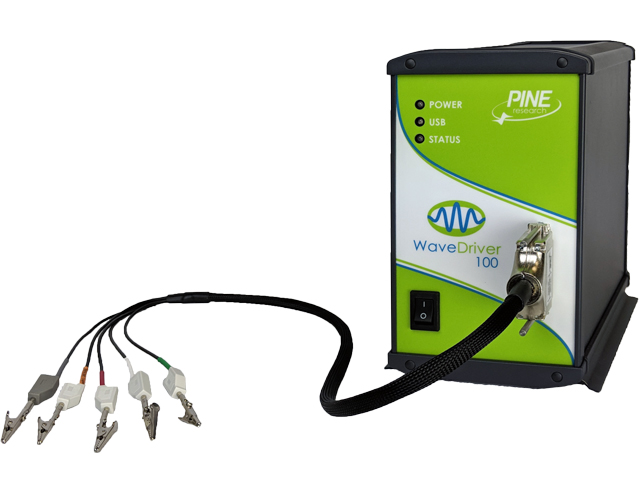 WaveDriver 100 EIS Potentiostat/Galvanostat
or WaveNow
WaveDriver 100 EIS Potentiostat/Galvanostat
or WaveNow
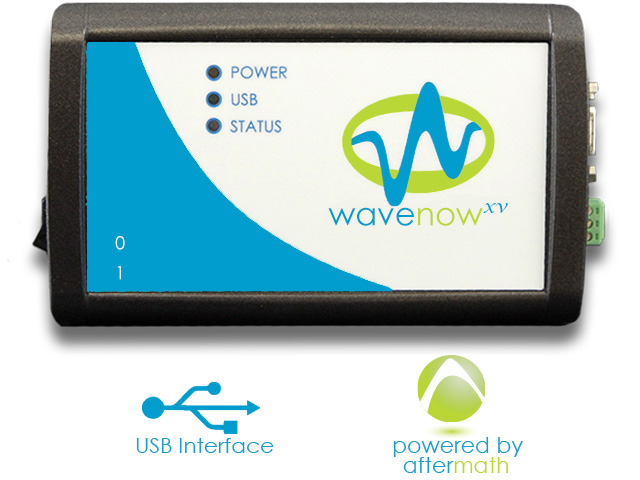 WaveNowXV Potentiostat Bundles
model potentiostat from Pine Research; however, older versions of instrument firmware may not be compatible with this feature. Contact Pine Research
WaveNowXV Potentiostat Bundles
model potentiostat from Pine Research; however, older versions of instrument firmware may not be compatible with this feature. Contact Pine Research
 Contact
to determine if the firmware version on your instrument will allow Step End Triggers to be used.
Contact
to determine if the firmware version on your instrument will allow Step End Triggers to be used.
 WaveDriver 100 EIS Potentiostat/Galvanostat
or WaveNow
WaveDriver 100 EIS Potentiostat/Galvanostat
or WaveNow
 WaveNowXV Potentiostat Bundles
model potentiostat from Pine Research; however, older versions of instrument firmware may not be compatible with this feature. Contact Pine Research
WaveNowXV Potentiostat Bundles
model potentiostat from Pine Research; however, older versions of instrument firmware may not be compatible with this feature. Contact Pine Research
An example AfterMath screenshot for a CSCP experiment is shown in Figure 1. In this example, three steps have been added (perhaps simulating a charge/rest/discharge-type experiment) with Step End Triggers added for steps 1 and 3. For step 1, the "rising edge" trigger is chosen with a value of 4.2 V, and for step 3, the "falling edge" trigger is selected with a value of 3.0 V.
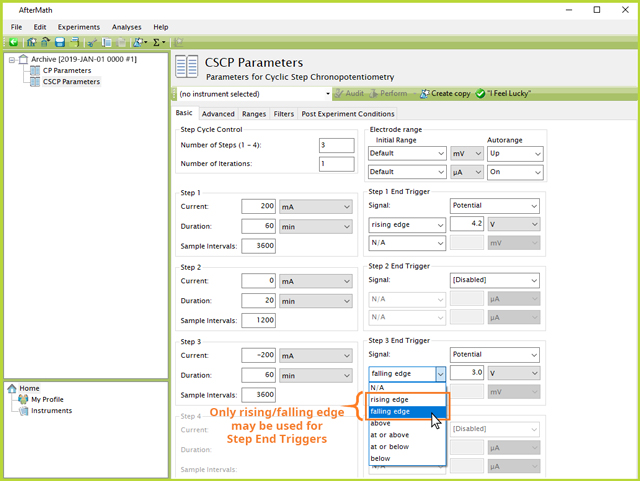
Figure 1. AfterMath Cyclic Step Chronopotentiometry (CSCP) Experiment with Step End Triggers
The "rising edge" and "falling edge" trigger types are the only permissible options for a Step End Trigger. While the other options in the drop-down list ("above", "at or above", "at or below", "below") are visible, choosing one of them and attempting to Audit or Perform the experiment may result in an error message indicating "Instrument not capable".
A "rising edge" or "falling edge" trigger is an End Trigger that will only activate when the trigger value is crossed. See Figure 2 for a visual illustration of these trigger types. Under most circumstances, a "rising edge" trigger may behave as a user might expect an "at or above" trigger to function, for example. In these cases, if the measured values begin below the trigger value chosen by the user and the measured values eventually increase just beyond the trigger value, the trigger will be activated and the step will be discontinued. Where the "rising edge" trigger differs, however, is if all the measured values are entirely above (green curve in Figure 2) or entirely below (blue curve in Figure 2) the selected trigger value. In these cases, the trigger will not activate because the trigger value was never crossed (in either a rising or falling direction).
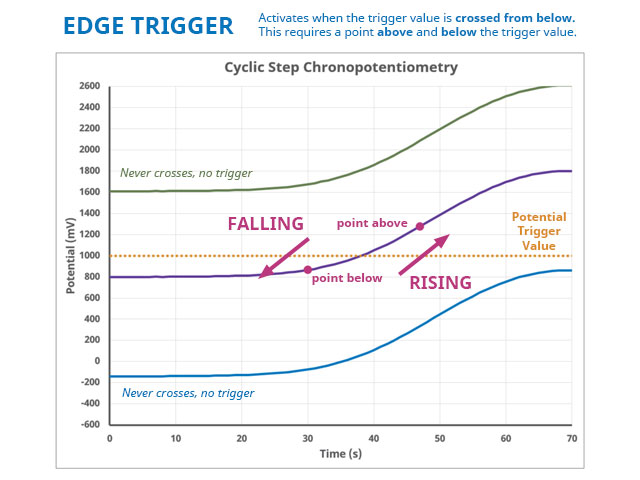
Figure 2. Illustration of Edge Triggers in AfterMath
1.2Experiment End Triggers
An Experiment End Trigger is a global trigger setting for an experiment that will result in the entire experiment being discontinued once the signal condition is met. Unlike a Step End Trigger, which will move to the next step in the experiment if triggered, an Experiment End Trigger will skip any remaining steps or periods in a particular experiment if the trigger is activated. However, similarly to a Step End Trigger on the final step of an experiment, if there is a series or sequence of experiments queued to the instrument, once the Experiment End Trigger is activated, the next experiment in the queue will begin.
While Step End Triggers are only available on a select few experiments that contain multiple steps, Experiment End Triggers are available on many more experiments in AfterMath. The Experiment End Trigger settings are normally located on the "Advanced" tab of an experiment specification (see Figure 3). Unlike a Step End Trigger, where only the "rising edge" and "falling edge" options may be selected, any of the six available signal types may be used for an Experiment End Trigger. Additionally, there are no instrument limitations for an Experiment End Trigger: even with a legacy CBP Bipotentiostat, for example, an Experiment End Trigger may be successfully used.
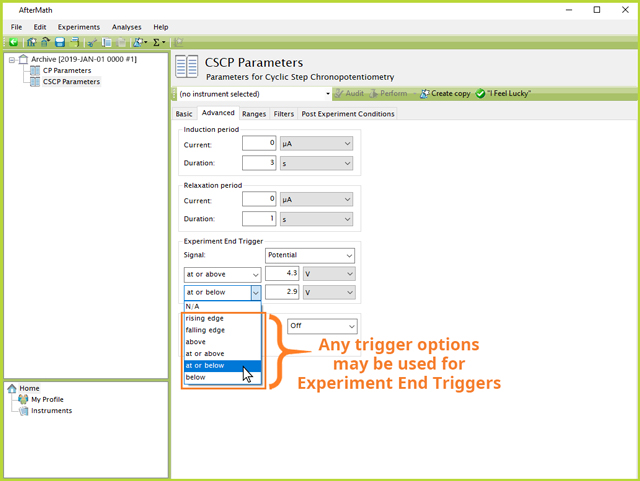
Figure 3. AfterMath Experiment End Triggers on CSCP Advanced Tab
There are no instrument limitations for an Experiment End Trigger. Even the Pine Research legacy CBP Bipotentiostat, which can still be controlled via AfterMath, may work with Experiment End Triggers. However, it may still be necessary to verify the software and firmware versions of AfterMath and instrument being used, respectively, before Experiment End Triggers may work as expected. Contact Pine Research
 Contact
to determine if the firmware and/or software versions being used need to be updated.
Contact
to determine if the firmware and/or software versions being used need to be updated.



